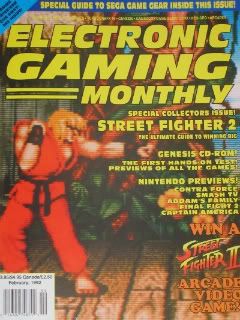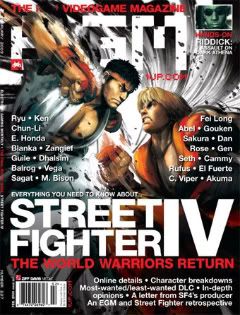Attack animations begin with ideas that should take the "character" into account first and foremost, in other words "Form" before "Function". By doing this we should not have Yoda doing drops kicks, which would be totally out of "character" thus making the player scratch their head instead of enjoying attacking with Yoda. Once enough "Form" ideas have been generated its time to bring "Function" to the table. "Function" dictates when the hit frame is, the total length of the animation, how far the move travels, etc... Now that all the brain dump has taken place its time to combine all the elements of "Form" and "Function" and paper design an actual attack. Ok have fun and brainstorm the crap out of attacks before settling on one for creation!
Time to explain your creation to the animator. Do you know how to speak their language, I hope so or this is all going to end badly :(
The first rule in expressing an idea to an animator is to start with anything NON-TECHNICAL… they are artists after all. Walk them through the idea in words to begin with, hopefully you've already created an animation list with a small written description is available for them to read. Best case scenario is they get what you want because you are an amazing speaker whom can articulate complex ideas through words, ok I am lying this never happens. So here are my Top 3 techniques of getting them to understand the idea.
Acting
• Get out of your seat and act out what in the hell it is you want! This technique not only gives them a visual study of motion but it shows the designer is committed to the idea enough to get up and make a fool out of themselves. The acting also allows the animator to point out issues with motion, footwork, etc… thus creating a healthy creative dialogue!
Puppets
• Ok this one is really just another form of acting but it uses puppets instead of people. Get some toys, stuffed animals, or whatever floats your boat and have some fun with motion and posing to get your idea across to the animator.
Capture Reference
• Video capture reference from other media sources such as sports, movies and other games is a quick and easy way to express complex ideas. The ability to find just about anything on YouTube these days has become a vital tool in my game design bag of tricks! The other nice thing about this is the animator can keep the reference to look at time and time again during the creation of the animation asset.
NOTE: Video taping either the acting or puppets greatly increases their effectiveness by turing them into video reference.
Now that we know how to express our ideas, what ideas should we be expressing for attack animations? Well, for me there are only three things to worry about when creating that great attack animation: Anticipation, Connection, and Follow Through!
Anticipation
• The Anticipation of an attack animation is the calm before the storm; there is something about it that sticks in your brain giving you a sense of destruction before it even happens. Seeing this destruction well beforehand focuses the eye so that the Connection is always seen in the best possible way. The Anticipation pose needs to be achieved quickly and then held for a bit so it reads well on screen, remember that motion is not needed once the pose has been reached. The Anticipation pose should also be very over the top and feel like the weight of the world is about to strike behind it to sell the attack.
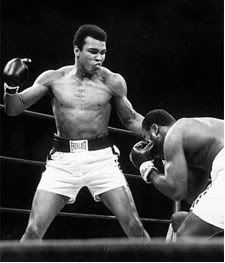 Connection
Connection• The Connection of an attack animation is usually a single pose that shows the very best pose of the animation to ensure excellent presentation. If the Connection pose is ever confused as something other than the Connection then it is wrong and should be fixed immediately. Imagine this pose being a freeze frame where all the blood, impact, and sounds are sold to their maximum potential, think of a K.O. blow in a boxing match. The face of the attacker should read power, strength, and dominance where the face of the enemy should read pain, Pain, and PAIN!
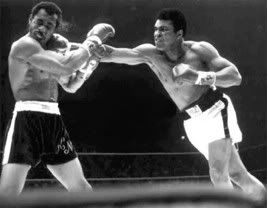 Follow Through
Follow Through• The Follow Through of an attack animation can make or break the attack because it conveys the power after it happens. The Follow Through should have one key pose that is held before the animation begins to recover back to the base pose. Think of a baseball player after he hits a homerun, one could look at that pose in a picture and know what happened. The best way to achieve this is to use strong over the top poses and spend more frames savoring them and less frames returning to the base pose.
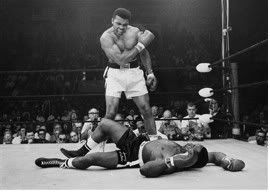 This concludes Attack Animations: Part 1, hope to see you back for the next part very soon.
This concludes Attack Animations: Part 1, hope to see you back for the next part very soon.
